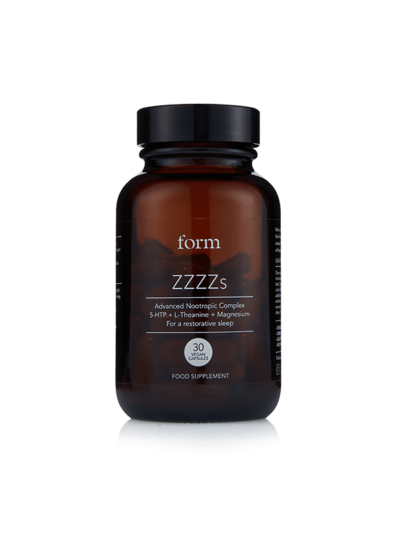How to Become a Better Swimmer, With Olympian Siobhan-Marie O’Connor

4.7 million people regularly swim in the UK according to Swim England, all of which were likely rejoicing at the recent re-opening of outdoor pools across the country (indoor pools are set to re-open this Saturday).
The news was welcomed not least for the wide host of benefits that come with the sport. A 2018 YouGov poll for example found swimming had significantly reduced the symptoms of anxiety or depression for 1.4 million adults in Britain.
And while other cardio exercises can sometimes concentrate muscle growth in one area (runner’s legs for example), swimming offers a total body workout. Your legs kick, the arms pull, your back reaches and rotates, and the core tightens during every stroke. This movement can in turn aid your performance in other sporting endeavours, making a swim one of the most complimentary workouts an athlete can do.
To help prep those thinking of an aquatic return then, Form has roped in the services of Siobhan-Marie O’Connor, one of Great Britain’s most successful female swimmers. At 16, O’Connor became the youngest member of Britain’s 2012 Olympic swimming team and has gone on to win medals at every level of competition, including a silver medal at the 2016 Olympic Games in Rio. Eyeing her third Olympics and a return to the podium in Tokyo next year, trust these easy tips to take your stroke to the next level.
Keep Your Head Straight
“One common mistake I see swimmers make is moving their head too much while swimming, and this applies to all strokes. Wherever the head moves, the rest of the body follows, and therefore lots of head movement means lots of body movement which sometimes leads to breaking a good streamline position.”
Line Up With The Water Surface
“Try to keep your head as fixed as possible and in a neutral position except when taking a breath, should help with technique, streamline and energy conservation whilst training and racing. For example on freestyle it should be in line with the surface of the water and just about on the surface.”
Nailing Your Technique
“A good way to improve your technique is to watch videos of other swimmers on Youtube, where they break down their stroke and go through it step by step.”
Ask For Help
“Another way would be to go swimming with a friend, and ask them to watch you swim and then give their feedback. Sometimes people, like our coaches, notice things from the surface that we cannot see or feel while we are swimming, and they can help you to make changes and give you visual feedback.”
Stay Hydrated
“It’s so important to stay hydrated whilst you are swimming. You never realise how much fluid you lose while training, and you need to keep replenished throughout your session with lots of water.”
Remember To Recover
“Recovering well after your session is really important too. I like to have a milkshake, or protein shake as soon as I get home as drinking this within the first half an hour of your session is when you can get the biggest benefit from it.”

Siobhan is a Speedo team swimmer.



















